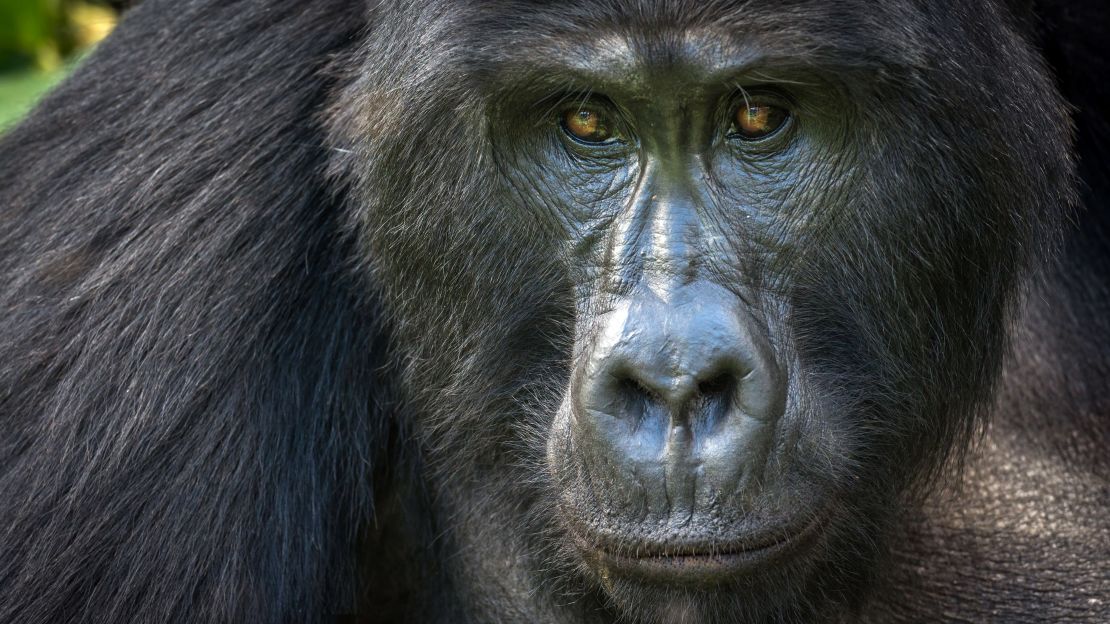Story highlights
The giant panda is no longer an endangered species
The eastern gorilla is critically endangered
There’s mixed news in the animal kingdom, as one beloved species celebrates increased numbers and another slips closer to extinction.
These developments come from the International Union for Conservation of Nature Red List of Threatened Species, which assesses a species’ conservation status.
First, the good news:
The giant panda is no longer an endangered species
Thanks to an increase in available habitat, the population of the giant panda rose 17% from 2004 to 2014, leading the IUCN to downgrade it from endangered to vulnerable.
A nationwide census in 2014 found 1,864 giant pandas in the wild in China, up from 1,596 in 2004, the IUCN said in its report on the animal.
Revered in Chinese culture, the giant panda was once widespread throughout southern China.
Since the 1970s, it has been the focus of one of the most intensive, high-profile campaigns to recover an endangered species, after a census by the Chinese government found around 2,459 pandas in the world – proof of its precarious position, according to the World Wildlife Fund.

China banned trading panda skins in 1981, and the enactment of the 1988 Wildlife Protection Law banned poaching and conferred the highest protected status to the animal. The creation of a panda reserve system in 1992 increased available habitats; today, there are 67 reserves in the country that protect 67% of the population and nearly 1.4 million hectares of habitat.
Meanwhile, partnerships between the Chinese government and international conservation nongovernmental organizations and zoos have spread research, conservation and breeding efforts. Zoo Atlanta announced Saturday that 19-year-old Lun Lun, originally from China’s Chengdu Research Base of Giant Panda Breeding, had given birth to twins.
The improved status confirms that the Chinese government’s reforestation and forest protection efforts are working, the IUCN said. But climate change still threatens to eliminate more than 35% of the panda’s bamboo habitat in the next 80 years; hence the “vulnerable” designation, which means it’s still at risk of extinction.
“The recovery of the panda shows that when science, political will and engagement of local communities come together, we can save wildlife and also improve biodiversity,” said WWF Director General Marco Lambertini.
Now, the bad news:
The eastern gorilla is critically endangered
Eastern gorillas populate the mountainous forests of eastern Democratic Republic of Congo, northwest Rwanda and southwest Uganda, making them another victim of the region’s civil wars.
Hunting of eastern gorillas, fueled by the spread of firearms, has led to a population decline of more than 70% in the past 20 years for the world’s largest living primate, the IUCN said.
The eastern gorilla population, made up of two subspecies, is estimated to be fewer than 5,000, bumping it from endangered to critically endangered.
One of those subspecies, Grauer’s gorilla, lost 77% of its population since 1994, declining from 16,900 individuals to just 3,800 in 2015, the IUCN said. The second subspecies, the mountain gorilla, is faring better, increasing its number to around 880 individuals, reversing a decline that began in 1996.

The change in status means four of six great apes are critically endangered, the eastern gorilla, western gorilla, Bornean orangutan and Sumatran orangutan. The chimpanzee and bonobo are considered endangered.
In the past 20 years, Grauer’s gorillas have been severely affected by human activities, the victim of poaching for bushmeat for those working in mining camps and for commercial trade, the IUCN said.
“This illegal hunting has been facilitated by a proliferation of firearms resulting from widespread insecurity in the region,” said the IUCN in a report on the animal. “This rate of population loss is almost three times above that which qualifies a species as critically endangered.”
Additional threats include habitat loss and degradation through agricultural and pastoral activities in DRC, along with extraction of resources, which puts added stress on natural habitats.
Illegal mining has decimated the lowlands of Kahuzi-Biega National Park, a Grauer’s gorilla habitat. Destruction of forest for timber, charcoal production and agriculture continues to threaten isolated gorilla populations in North Kivu and the Itombwe Massif.




